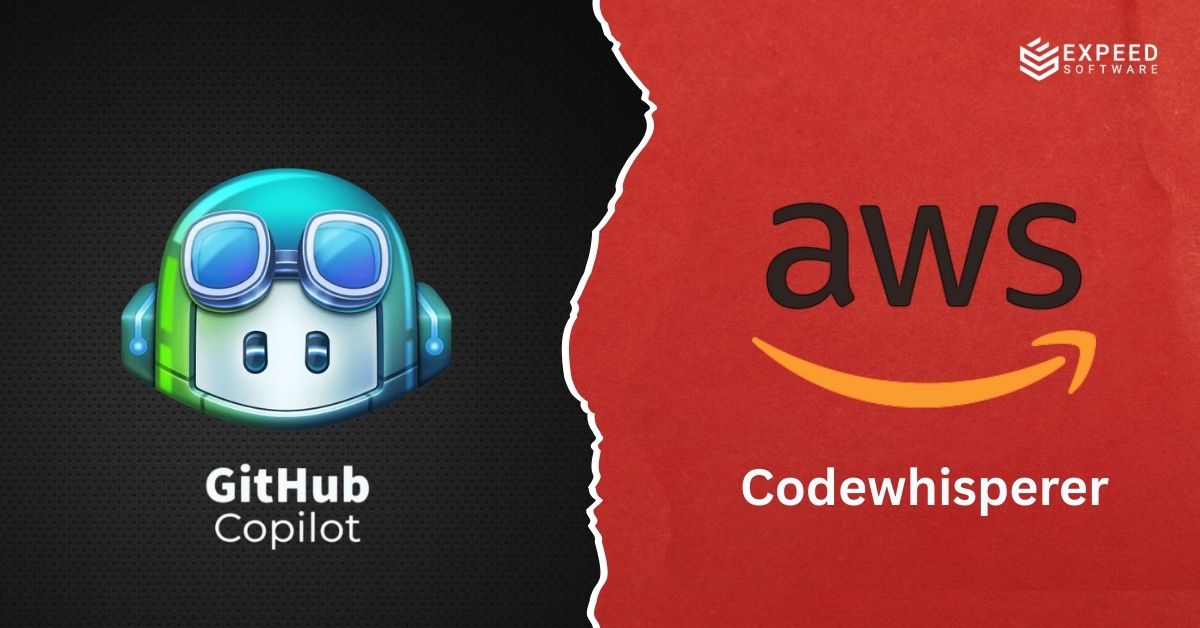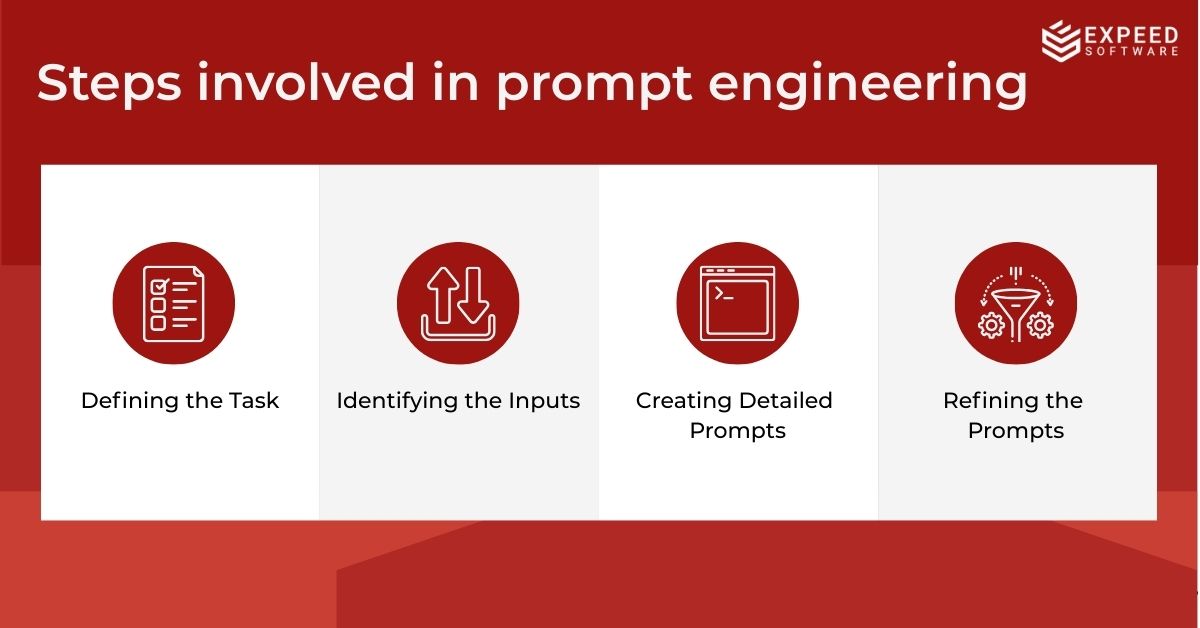Over the past decade, code generation has come a long way—but speed has always been a double-edged sword. There’s no universal “optimal” pace, but one thing is clear: faster code means faster results. With AI stepping into the developer's toolkit, AI code generation isn’t just faster—it’s smarter. From personal side projects to enterprise-grade platforms, AI code generators are quickly becoming essential for modern development teams. Today, AI-powered tools help developers breeze through complex logic and build advanced applications with surprising ease.
AI code generators like GitHub Copilot X, Amazon CodeWhisperer, and others are now at the frontlines, helping developers tackle tight deadlines without breaking a sweat. With just a few prompts, these AI assistants can spin up functional code in seconds. In this article, we’ll dive into how these AI-powered tools are not just speeding things up—but redefining how the web gets built.
The Significance of AI Powered Code Generation
AI code generators are tools built to help developers write code faster and with fewer errors. These AI code generators are not just autocomplete tools—they can craft entire blocks of logic based on your intent. They work by using machine learning models that have been trained on tons of open-source code, documentation, and programming-related discussions. Because of this, they can suggest how to complete a line of code, offer fixes, or even write a full function just from a comment or a plain-language description.
One of the most well-known AI code generator tools in this space is GitHub Copilot, built by GitHub and OpenAI. It runs on the Codex model and plugs right into editors like Visual Studio Code. As you type, it tries to understand what you're doing and suggests code that fits. Tools like Amazon CodeWhisperer and Tabnine do something similar, aiming to reduce the time spent on repetitive coding and help you stay in the flow.
But Copilot X and CodeWhisperer aren’t the only tools driving this shift. Elon Musk’s AI venture, xAI, recently showcased how its latest version, Grok 3, helped engineers save hundreds of hours in development time. This signals a new era where AI code assistants are no longer optional—they're becoming critical members of high-performance dev teams.
How Do AI Code Generators Work?
They rely on large-scale models trained to support intelligent AI code generation, streamlining the way developers build and debug code. The model doesn’t just autocomplete based on syntax—it tries to understand what you’re building. So, when you start writing a function or drop in a comment, it considers the surrounding code and suggests a full, working block that fits the context.
Say you're building a simple file reader and processor:
Python
# Read data from a CSV file and calculate the average of a specific column
This above comment acts as the instruction for the AI. The AI then analyzes this prompt, considering:
- Keywords: "Read data," "CSV file," "calculate," "average," and "column" provide crucial information about the desired functionality.
- Context (if any): While this example is standalone, in a real coding scenario, the AI would also consider the surrounding code in your file, variable names, imported libraries, and the overall project structure to further refine its understanding of your intent.
- Common Programming Patterns: The AI's training data includes countless examples of how these types of tasks are typically implemented in Python (e.g., using the csv module for CSV files, iterating through rows, handling potential errors).
Based on this analysis, the AI then generates the subsequent Python code to fulfill the request outlined in the comment. It selects the appropriate libraries, structures the code logically, and even includes basic error handling, demonstrating an understanding beyond just simple keyword matching.
After the AI code generation, the tool might generate:
import csv
def calculate_average(file_path, column_name):
"""Reads a CSV file, extracts a specified column, and calculates the average."""
total = 0
count = 0
try:
with open(file_path, 'r', encoding='utf-8', newline='') as csvfile:
reader = csv.DictReader(csvfile)
for row in reader:
try:
value = float(row[column_name])
total += value
count += 1
except (KeyError, ValueError):
print(f"Skipping row with invalid data in column '{column_name}'.")
if count > 0:
return total / count
else:
return 0
except FileNotFoundError:
print(f"Error: File not found at '{file_path}'")
return None
# Example usage (assuming a 'data.csv' file exists with a 'price' column)
file = 'data.csv'
column = 'price'
average_price = calculate_average(file, column)
if average_price is not None:
print(f"The average of the '{column}' column in '{file}' is: {average_price:.2f}")
So, in essence, the comment acts as a high-level natural language instruction that the AI interprets and translates into executable code. The more descriptive and clear your comment is, the better the AI can understand your intent and generate relevant and accurate code.
CodeWhisperer vs Copilot

Two leading AI code generators in this space—Copilot X and Amazon CodeWhisperer—are shaping the way developers interact with their code editors. They both aim to assist developers with real-time suggestions, but they take slightly different approaches based on their ecosystems and target users.
GitHub Copilot, developed by GitHub and OpenAI, is tightly integrated into IDEs like Visual Studio Code, JetBrains, and Neovim. It leverages the Codex model (a descendant of GPT) and offers intelligent code suggestions as you type—based on the file context, comment descriptions, and even across files in your project. It's designed to work like a pair programmer that’s fast, context-aware, and doesn’t need coffee breaks. It works well across multiple languages, including JavaScript, Python, TypeScript, and Go, and is especially popular among developers building web apps, APIs, and backend services.
Amazon CodeWhisperer, on the other hand, is AWS’s answer to AI code generators. While it also offers inline code suggestions, it stands out with deeper integration into AWS services. For developers working on cloud-native applications, CodeWhisperer can suggest snippets for configuring Lambda functions, DynamoDB access, IAM permissions, and other AWS resources. It also includes built-in security scanning, which highlights potentially risky code and recommends best practices—something GitHub Copilot doesn’t currently do out of the box.
In short:
- Copilot shines in general-purpose and open-source-heavy workflows.
- CodeWhisperer is a strong pick for AWS-centric projects where cloud configuration and security compliance matter.
- CodeWhisperer vs Copilot is no longer just about preferences—it’s about ecosystems. For cloud-native builds, Amazon CodeWhisperer may be the smarter pick, while Copilot X shines in open-source-heavy workflows.
Some devs even use both—depending on the project’s nature and which ecosystem they’re more embedded in.
The Art of Prompt Engineering

Getting great results from tools like Copilot or CodeWhisperer isn’t just luck—it’s about knowing how to prompt them. Here are a few tips to write prompts that can help AI code generation effectively:
- Be Specific: Instead of # Create a function, say # Create a function that sorts an array of dictionaries by the "price" key. The more details, the better the result.
- Use Clear Comments: Describe what you want before you write the code. AI tools often treat comments as instructions—so writing something like # Validate user input for email and phone number helps it fill in the blanks meaningfully.
- Break Down Complex Tasks: If you’re building a large feature, guide the AI step-by-step. Smaller, focused prompts tend to produce more accurate and useful code than vague, multi-layered ones.
Risks and Realities
But it’s not all plug-and-play. With great speed comes new risks:
- Licensing Issues: AI models are trained on publicly available code, which may include licensed or copyrighted material. This means the generated code could accidentally reproduce protected snippets—raising legal red flags for teams using it in production.
- Security Blind Spots: AI tools may write code that works but isn't secure. For example, it might skip input validation or use hard-coded credentials (like in the earlier example). Developers must still review AI-generated code carefully, especially in sensitive applications.
- Over-reliance: The more we lean on these tools, the less we may practice writing foundational code ourselves. Without a good understanding of what the AI is doing, you might end up shipping bugs you don’t fully understand.
These tools are powerful—but they’re not infallible. Developers still need to think critically, refactor code, and write meaningful tests.
Final Word
Web development isn’t what it used to be—and that’s a good thing. AI isn’t just a buzzword anymore; it’s becoming part of the dev stack. For modern teams working on web and cloud technologies, tapping into AI code generators like Copilot X and CodeWhisperer isn’t just smart—it’s strategic. Those who learn to collaborate with AI now are setting themselves up for the next generation of software development. Tomorrow's code will not only be written by keystrokes but by discussion, imagination, and wise collaboration.

